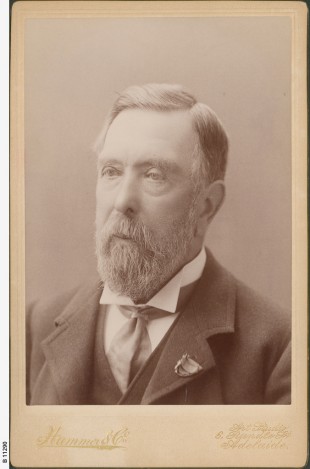…where east meets west
- Home
- Brief History
- The Greenwich Meridian
- Greenwich
(1675–1958) - Herstmonceux
(1948–1990) - Cambridge
(1990–1998) - Outstations (1822–1971)…
- – Chingford (1822–1924)
- – Deal
(1864–1927) - – Abinger
(1923–1957) - – Bristol & Bradford on Avon
(1939–1948) - – Bath
(1939–1949) - – Hartland
(1955–1967) - – Cape of Good Hope
(1959–1971)
- Administration…
- – Funding
- – Governance
- – Inventories
- – Pay
- – Regulations
- – Royal Warrants
- Contemporary Accounts
- People
- Publications
- Science
- Technology
- Telescopes
- Chronometers
- Clocks & Time
- Board of Longitude
- Libraries & Archives
- Visit
- Search
People: Charles Todd
| Name | Todd, Charles |
||
| Place of work | Greenwich | ||
| Employment dates |
6 Dec 1841 – Dec(?)1844, Dec(?) 1845 – Jan 1847 & May 1854 – Mar 1855 |
||
| Posts | 1841, Dec 6 |
Computer | |
| 1844, Dec | Laid off at Greenwich, employed elsewhere (RGO6/526) | ||
| 1845, Dec | Computer (RGO6/526) | ||
| 1847, Feb | Laid off at Greenwich (RGO6/526) | ||
| 1847, Dec(?) |
To Cambridge University Observatory as Junior Assistant |
||
| May 1854 | Assistant at Greenwich | ||
| Born | 1826, Jul 7 |
||
| Died | 1910, Jan 29 |
||
| Family Links | Older brother of Henry Todd (Computer 1855–1856) | ||
| Known addresses | 1844–1847 | 4 King Street (RGO6/526) | |
In Australia, he connected Adelaide, Melbourne and Sydney by electric telegraph. He is best known for the later extension of the telegraph system to Darwin on the north coast, which enabled Australia to connect to the rest of the world via the undersea cable. He was knighted in 1893. His daughter Gwendoline married the physicist William Henry Bragg and was mother of William Lawrence Bragg, both of whom shared the Nobel Prize in Physics in 1915. William Henry Bragg seved on the Observatory’s Board of Visitors from 1920 until 1940, and was its chairman from 1935–40 .
Obituary
Monthly Notices of the Royal Astronomical Society, Vol. 71, p.272 (1911)
Further reading
Todd, Sir Charles (1826–1910), Australian Dictionary of Biography
Proceedings of the Parliament of South Australia (1855)
The Singing Line, Alice Thompson (Doubleday 1999) – a book written by Todd’s Great Great Granddaughter who retraced his route across Australia in the 1990s.
Behind the Legend: The Many Worlds of Charles Todd, Denis Cryle (2017)
© 2014 – 2025 Graham Dolan
Except where indicated, all text and images are the copyright of Graham Dolan
